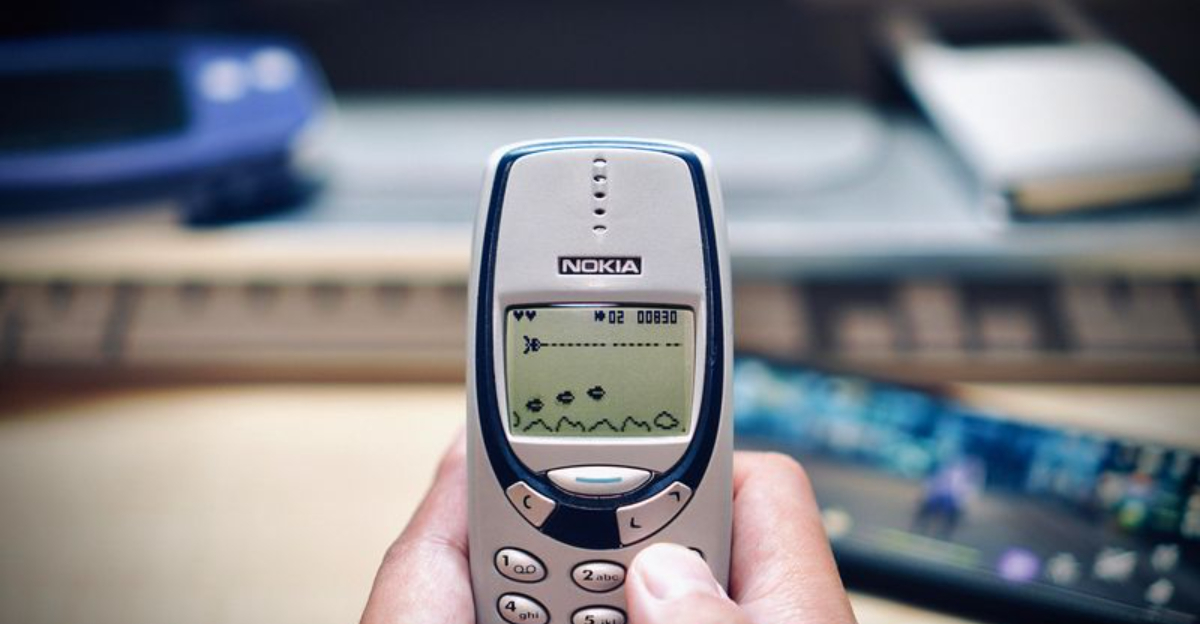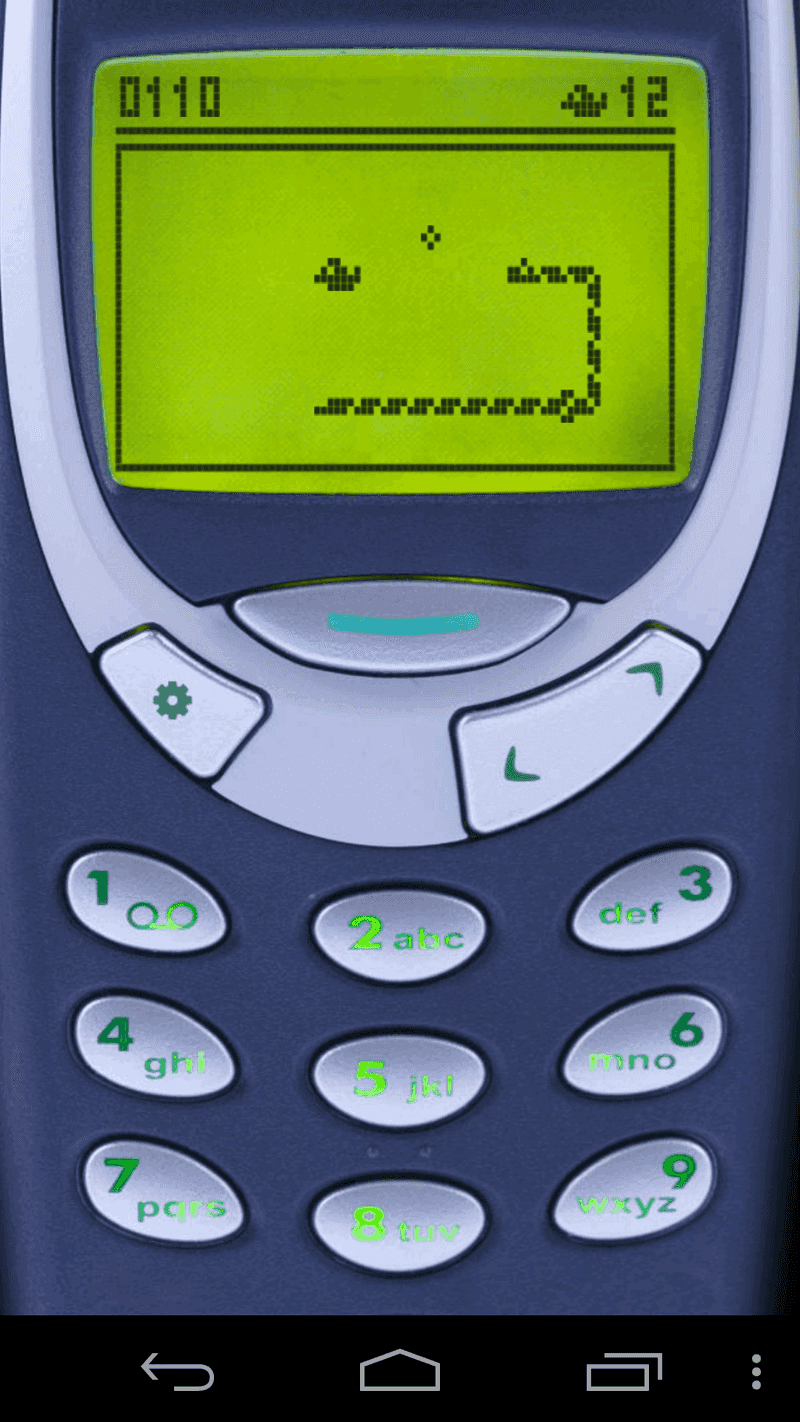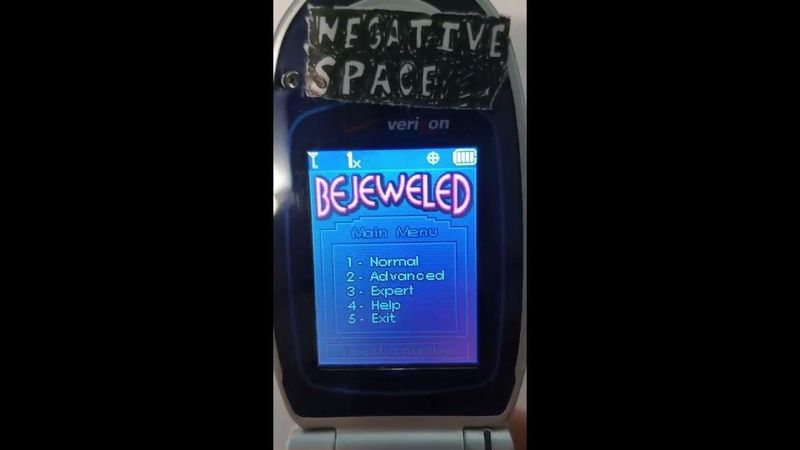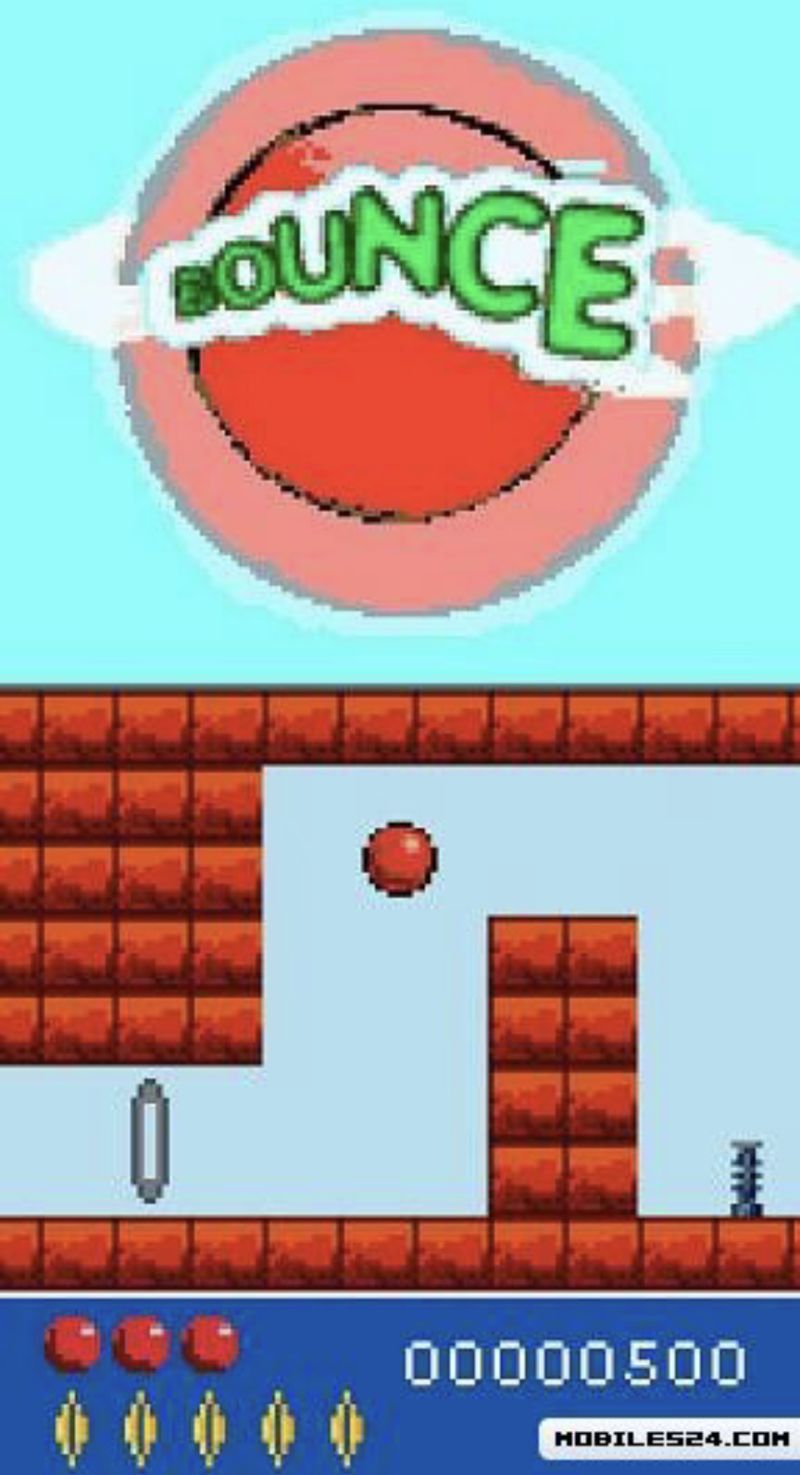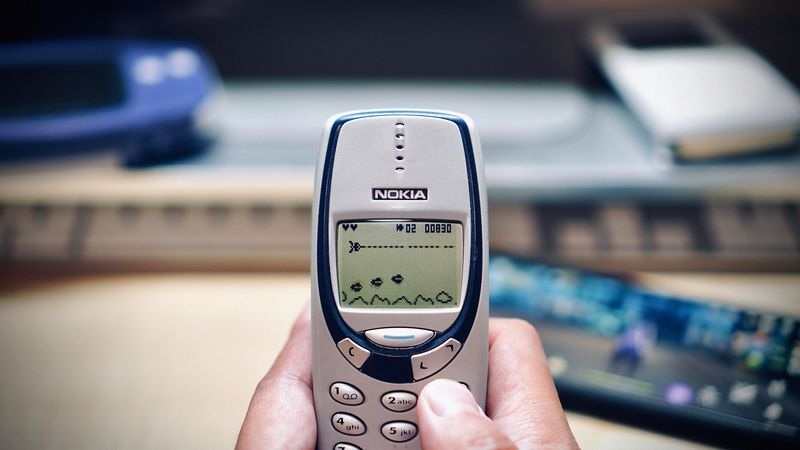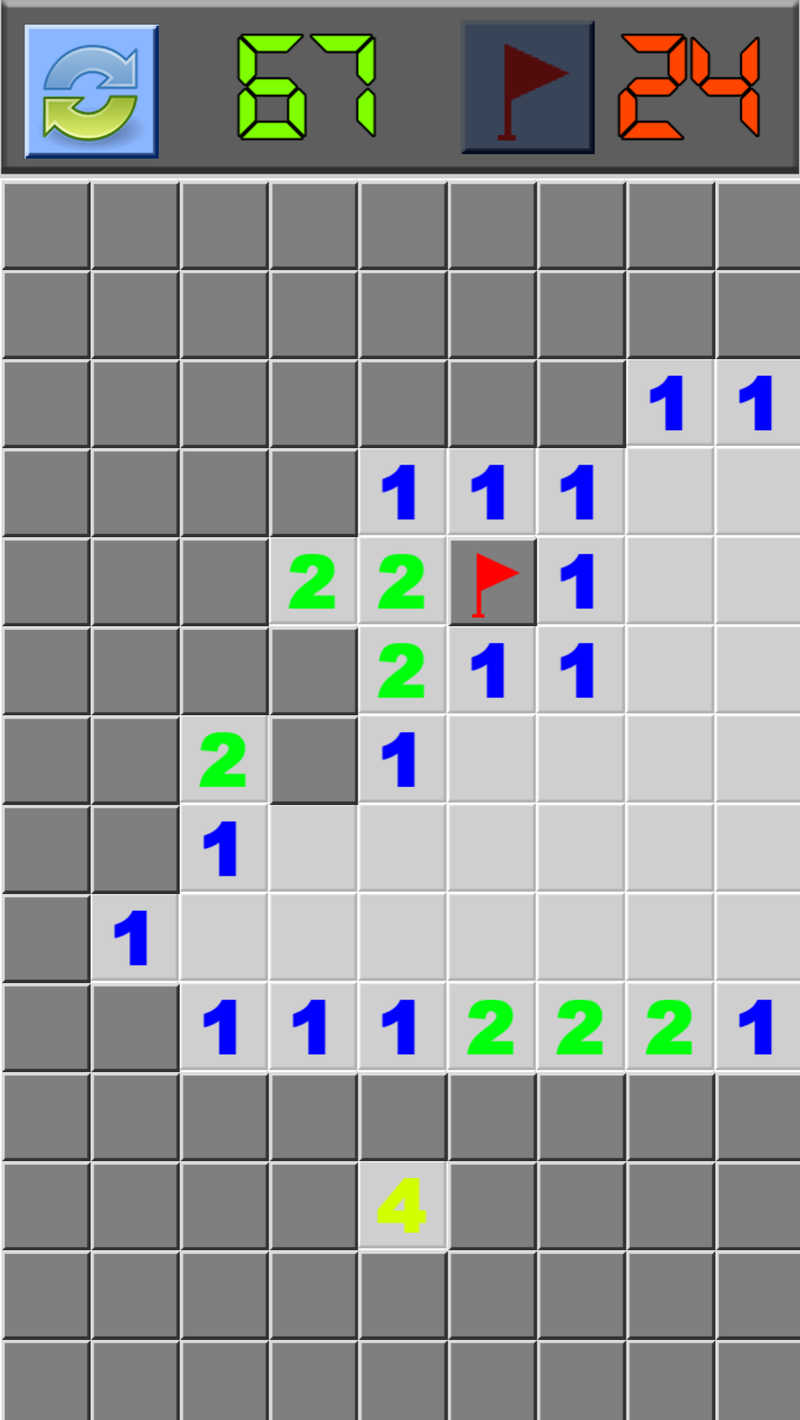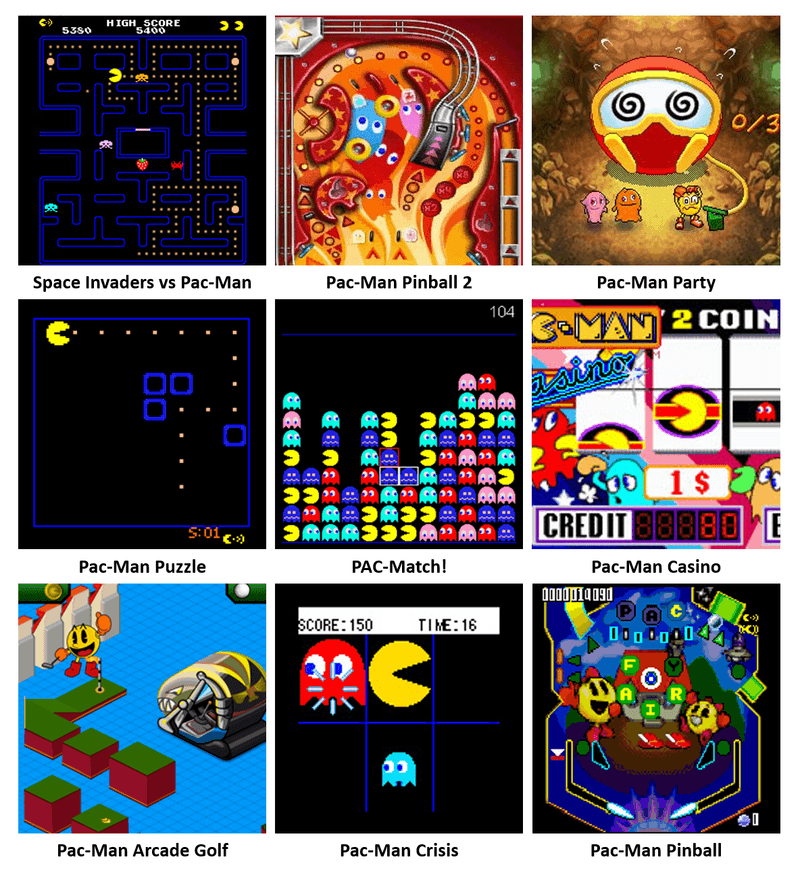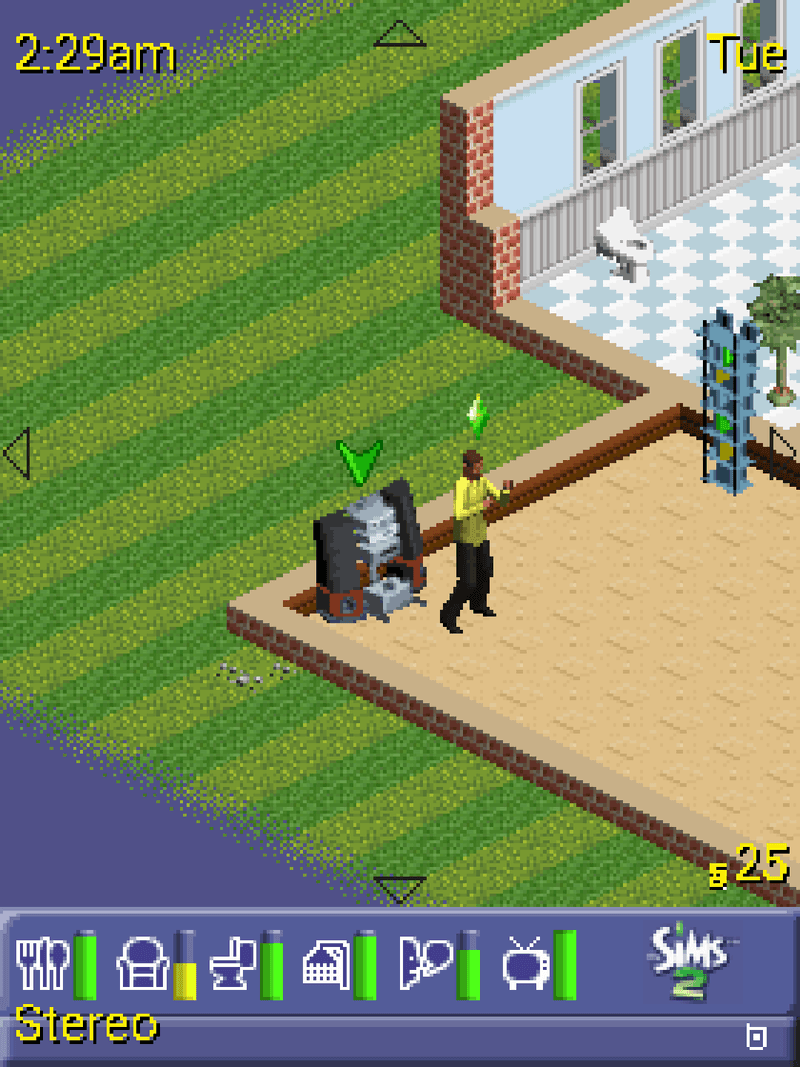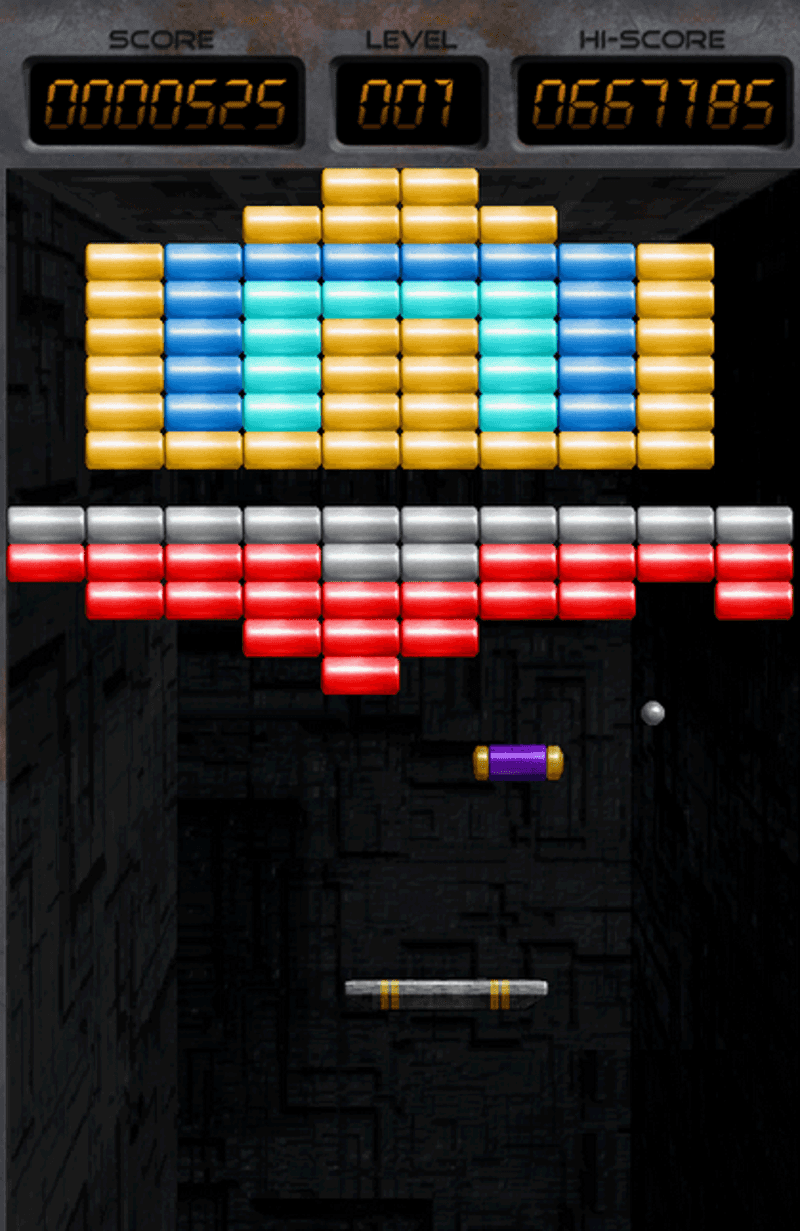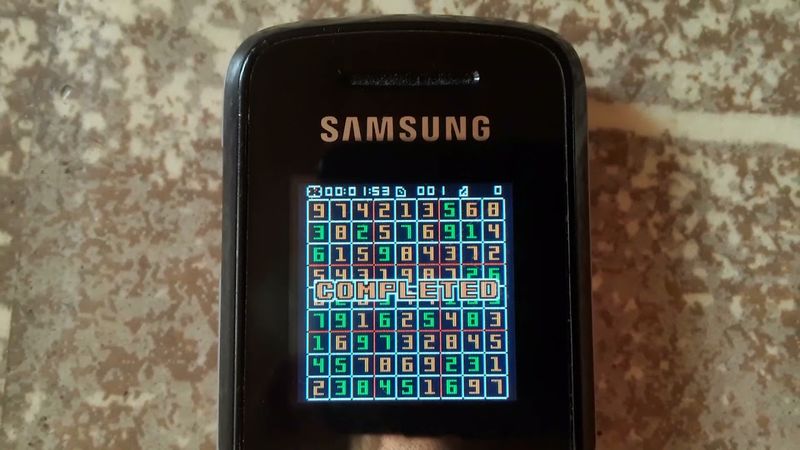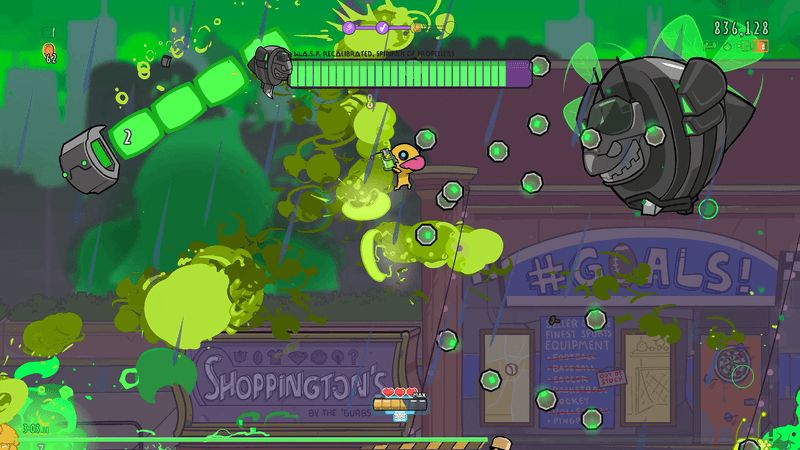Before the App Store boom and high-end mobile gaming, the 2000s laid the foundation for gaming on the go. These early mobile hits—ranging from simple Java-based titles to iconic pre-smartphone staples—paved the way for the mobile gaming revolution.
Here are 15 mobile games from the 2000s that started it all.
1. Snake (1997, popular into the 2000s)
Snake, the game that turned simple Nokia phones into gaming devices, is a legend in mobile gaming. Users guided a pixelated snake to collect dots, each dot elongating its body. Mastering the art of not colliding with the walls or itself kept players hooked. Despite its simplicity, Snake’s addictive nature captured the hearts of millions.
It was the perfect antidote to boredom, playable anytime, anywhere. Its influence persists in countless modern games, proving that sometimes, simplicity is key to success.
2. Bejeweled (Mobile Port, 2003)
Bejeweled introduced many to the match-3 puzzle genre, setting the stage for numerous successors. Players swapped adjacent gems to create matches, triggering satisfying cascades. The mobile port, accessible on Java-enabled phones, brought this addictive gameplay to a wider audience.
Its vibrant graphics and simple mechanics made it a go-to choice for quick gaming sessions. Bejeweled’s success demonstrated the potential of mobile gaming, influencing an entire genre that continues to thrive.
3. Tetris (Mobile Version, 2000)
Tetris, already a household name, found new life on mobile platforms in 2000. This version allowed players to enjoy its quintessential block-arranging gameplay on the go. The challenge of fitting falling blocks into complete lines translated well to small screens, providing endless entertainment.
Its transition to mobile proved that classic games could find renewed success in portable formats. Tetris remains a staple in gaming history, a testament to its enduring appeal and adaptability.
4. Bounce (2000)
Bounce, exclusive to Nokia phones, charmed players with its simplicity and engaging mechanics. Guiding a red ball through various levels, players navigated obstacles by bouncing the ball skillfully. The game utilized early mobile graphics effectively, creating a satisfying platforming experience.
Its accessible yet challenging gameplay made it a favorite, highlighting creativity in early mobile game design. Bounce remains a beloved title, remembered fondly by those who enjoyed its quirky charm.
5. Space Impact (2000)
Space Impact pushed Nokia phones to their limits with its side-scrolling shooter mechanics. Players controlled a spaceship, battling alien enemies and dodging obstacles. The game’s detailed graphics and engaging gameplay set a high bar for early mobile games.
Its challenging levels and strategic play maintained a loyal fan base. Space Impact showcased the potential of mobile devices for more complex gaming experiences, influencing future developments in the industry.
6. Minesweeper (Mobile Adaptations)
Minesweeper, a classic PC puzzle game, transitioned smoothly to mobile devices, retaining its addictive appeal. Players tapped grids, avoiding hidden mines while uncovering safe squares. The mobile version offered the same strategic challenge, making it a popular choice for casual gamers.
Its simplicity and accessibility ensured its continued popularity as a staple of mobile gaming. Minesweeper remains an icon, proving that great gameplay transcends platforms.
7. Doom RPG (2005)
Doom RPG creatively adapted the classic FPS into a mobile-friendly experience. Blending RPG mechanics with turn-based combat, it offered a unique twist on the beloved franchise. The game retained Doom’s iconic atmosphere while introducing strategic depth, appealing to both fans and newcomers.
Its success demonstrated the versatility of mobile gaming, encouraging developers to innovate within established genres. Doom RPG remains a standout example of creative adaptation.
8. Texas Hold’em (2006)
Texas Hold’em, one of the first games on the iPod, marked Apple’s early foray into mobile gaming. This poker simulation allowed players to enjoy the classic card game digitally. Its success helped Apple explore the potential of mobile gaming, influencing future developments on the platform.
With realistic graphics and engaging gameplay, Texas Hold’em set a precedent for digital card games, paving the way for future hits.
9. Pac-Man (Mobile Port)
Pac-Man’s mobile adaptation brought the arcade classic to new audiences, preserving its charm and challenge. Players navigated mazes, gobbling dots while avoiding ghosts. The mobile port maintained the game’s timeless appeal, introducing it to a new generation.
Its successful transition highlighted the potential of mobile devices for arcade classics, ensuring Pac-Man’s place in gaming history.
10. Tower Bloxx (2005)
Tower Bloxx, a physics-based stacking game, showcased early creativity in mobile game design. Players stacked blocks to build skyscrapers, balancing precision and speed. Its engaging mechanics and vibrant graphics made it a standout hit, illustrating the potential for innovation on mobile platforms.
Tower Bloxx’s success inspired future physics-based games, leaving a lasting impact on the industry.
11. The Sims 2 Mobile (2004)
The Sims 2 Mobile delivered a surprisingly rich experience for mobile gamers, capturing the essence of its PC counterpart. Players managed virtual lives, engaging in various activities and relationships.
Despite hardware limitations, the game offered depth and replayability, expanding the franchise’s reach. Its success demonstrated that complex simulations could thrive on mobile platforms, influencing future game adaptations.
12. Prince of Persia: The Sands of Time (Mobile Port)
Prince of Persia: The Sands of Time’s mobile port proved that action games could succeed on small screens. Players navigated intricate levels, utilizing the prince’s acrobatics and combat skills.
The adaptation retained the console version’s excitement, making it a favorite among mobile gamers. Its success encouraged developers to explore similar adaptations, broadening the scope of mobile gaming offerings.
13. Brick Breaker (2000s)
Brick Breaker, a staple on BlackBerry devices, blended arcade vibes with mobile accessibility. Players controlled a paddle, bouncing a ball to break bricks in various patterns. Its simplicity and addictive gameplay made it a popular time-killer, resonating with a wide audience.
Brick Breaker’s success highlighted the appeal of classic games in mobile formats, ensuring its place in gaming history.
14. Mobile Sudoku (2000s)
Mobile Sudoku capitalized on the puzzle’s rising popularity, bringing the pen-and-paper game to digital form. Players filled grids with numbers, following the classic rules. The mobile adaptation offered convenience and accessibility, attracting puzzle enthusiasts worldwide.
Mobile Sudoku’s success underscored the demand for brain-teasing challenges, influencing the development of other mobile puzzle games.
15. Alien Hominid Mobile (2006)
Alien Hominid Mobile brought the cult console game to mobile devices, offering frantic action in a portable format. Players controlled an alien, battling enemies with cartoonish charm.
The game retained the original’s quirky style, providing an engaging experience for fans and newcomers alike. Its success reinforced the viability of console-to-mobile adaptations, encouraging further exploration in the genre.
